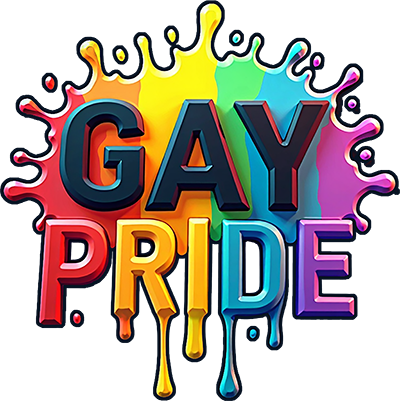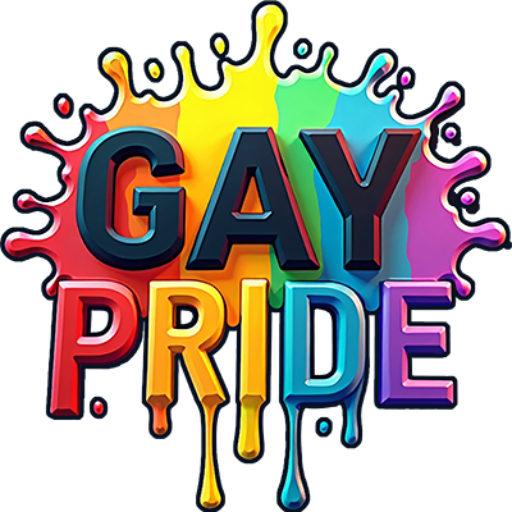Understanding LGBTQ Terminology: A Comprehensive Guide 🌈
In the vibrant tapestry of human identity, understanding LGBTQ terminology is a crucial step towards fostering inclusivity and respect. As our society evolves, so does the language we use to describe ourselves and others. This guide is designed to help demystify LGBTQ terms, allowing everyone to communicate more effectively and empathetically.
Table of Contents
1. Introduction
2. The Importance of Understanding LGBTQ Terminology
3. Key Terms Explained
a. Gender Identity
b. Sexual Orientation
c. Pronouns
4. Expanding Your Vocabulary
5. Conclusion
6. FAQ
The Importance of Understanding LGBTQ Terminology 📚
Language is powerful. It shapes our perceptions and interactions. By understanding LGBTQ terminology, we not only show respect but also gain the ability to engage in meaningful conversations that support diversity and inclusion. Whether you’re an ally, a member of the LGBTQ community, or simply someone eager to learn, expanding your vocabulary is a step towards building a more inclusive society.
Key Terms Explained 🔍
Gender Identity
Gender identity refers to a person’s deeply felt internal experience of gender, which may be different from the sex assigned at birth. Key terms include:
Transgender: An umbrella term for people whose gender identity differs from the sex they were assigned at birth.
Cisgender: Individuals whose gender identity aligns with the sex they were assigned at birth.
Non-binary: A term used by people who do not identify strictly as male or female. They might identify as both, neither, or somewhere in between.
Sexual Orientation
Sexual orientation is about who you’re attracted to and want to have relationships with. Understanding these terms can help clarify personal and societal experiences:
Lesbian: A woman who is attracted to other women.
Gay: Typically refers to a man who is attracted to other men, but can also be used to describe anyone who is attracted to the same gender.
Bisexual: A person who is attracted to more than one gender.
Asexual: Individuals who do not experience sexual attraction but may experience romantic attraction.
Pronouns
Pronouns are an essential part of respecting and acknowledging a person’s identity. Common pronouns include:
He/Him: Commonly used by individuals who identify as male.
She/Her: Commonly used by individuals who identify as female.
They/Them: Often used by non-binary individuals or as a gender-neutral option.
Using the correct pronouns is a sign of respect and can significantly impact how someone feels in their environment. If you’re unsure, it’s always best to ask politely.
Expanding Your Vocabulary 📖
The world of LGBTQ terminology is vast, and it continues to grow. Here are a few more terms that might be helpful:
Queer: An umbrella term that encompasses a range of sexual orientations and gender identities. It’s important to note that while some people embrace this term, others may find it offensive due to its history as a slur.
Intersex: Refers to individuals born with physical sex characteristics that don’t fit typical definitions of male or female.
Pansexual: A person who is attracted to others regardless of their gender identity.
As language continues to evolve, staying informed and open-minded is key. By embracing new terms and understanding their meanings, we contribute to a richer, more inclusive dialogue.
Conclusion 🤝
Understanding LGBTQ terminology is more than just learning new words; it’s about opening our hearts and minds to the diverse experiences of those around us. By doing so, we create a world where everyone feels seen, respected, and valued. Let’s continue to educate ourselves and others, fostering a community that celebrates diversity in all its forms.
FAQ ❓
Q: What does LGBTQ stand for?
A: LGBTQ stands for Lesbian, Gay, Bisexual, Transgender, and Queer/Questioning. It’s an inclusive acronym representing a spectrum of sexual orientations and gender identities.
Q: Why is it important to use correct pronouns?
A: Using correct pronouns shows respect for a person’s identity and helps create an inclusive and supportive environment.
Q: Can someone’s gender identity change over time?
A: Yes, gender identity can be fluid and may evolve as a person grows and understands themselves better. It’s important to respect and support individuals as they navigate their identities.
Q: How can I be a better ally to the LGBTQ community?
A: Educate yourself on LGBTQ issues, listen to LGBTQ voices, use inclusive language, and stand up against discrimination and prejudice.
Q: Is it okay to ask someone about their pronouns?
A: Yes, asking about pronouns is a respectful way to ensure you address someone correctly. Just be polite and considerate when doing so.

